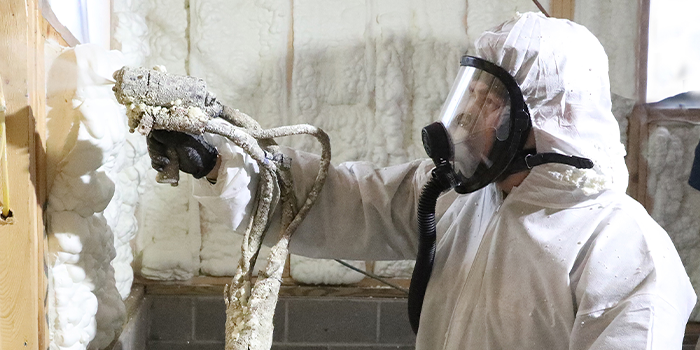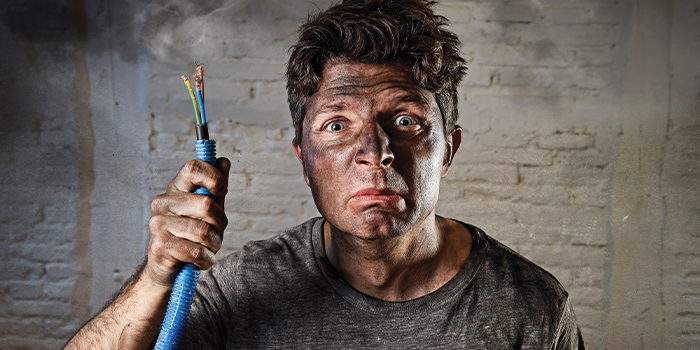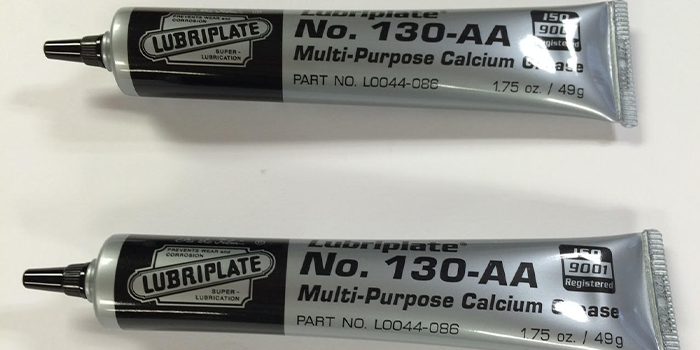Just Breathe
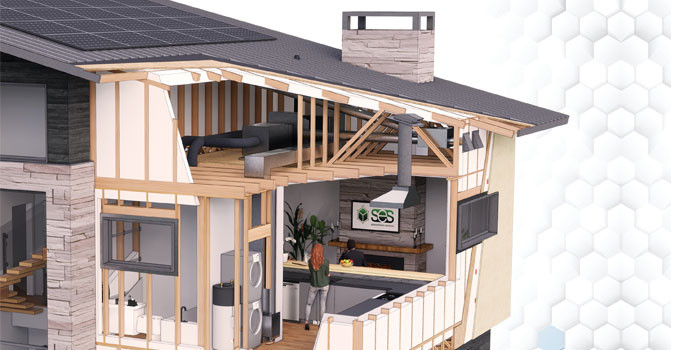

Summer 2020 – Spray Foam Magazine – We’re all more conscious than ever about the air we breathe and the potential for breathing pathogens like the Coronavirus. We’ve learned how to protect ourselves when we’re out in public places, but what about when we’re inside our homes or at work? We all need clean, healthy air and spray foam can play a major role in protecting ourselves, our families, our friends, and co-workers.
Joe Lstiburek Ph.D., P.Eng. of Building Science Corporation teaches us that healthy indoor air requires keeping the outside air out and the inside air in, which starts with a well-sealed building envelope. Spray foam contractors are experts in air sealing and insulating, and both are essential to indoor air quality, but these are not the only requirements for a healthy place to live and work. John Laportaire, a certified indoor air quality consultant from Florida says “I understand the push to reduce the rate of air infiltration to improve energy efficiency, but a tight home isn’t by default a healthy home.”
In addition to air sealing, we must also clean and condition the indoor air and exchange a small percentage with outdoor air. Without all of these measures a home or building’s indoor air can carry more pathogens, and be more polluted and less healthy than the air outside.
Spray foam helps in a number of ways to control the movement of Heat, Air and Moisture (HAM) through our building envelope, whether it’s sprayed in walls, in vented or unvented attics or in basements and crawlspaces. These controls are essential to durability and energy efficiency, and most importantly, the HVAC system depends on a well-sealed building to perform to peak efficiency. Heating and cooling for creature comfort is only possible after the building is well insulated and infiltration is controlled, and part of every HVAC system is a filter to remove particles we would otherwise breathe.
Let’s have a look at air filters; an essential but often overlooked or misunderstood component of the environmental control system.
Filters in HVAC systems vary widely in cost and efficiency with the cheap 99-cent filters from big box stores being pretty much worthless for filtering the small particles that are dangerous for us to breathe. Some filters are highly efficient but can cause so much resistance to airflow that our furnace or AC unit can’t operate effectively or efficiently. By restricting airflow, mechanical cooling systems can catastrophically fail. There are many filter options including electronic air cleaners, electrostatic filters, carbon filters and several levels of media filters.
To better understand the most common HVAC filters, let’s focus on the most widely used media filters. These filters range from one inch to five inches thick and the more efficient ones use pleated paper of various types. Pleating the paper adds substantial surface area, which can dramatically reduce airflow restriction, even when the paper is less porous. The metric used to report efficiency of these filters is Minimum Efficiency Reporting Value, or MERV for short. Think of MERV like R-Value where the higher the number the more efficient the filter. MERV ratings range from 1-20 but most single-speed furnaces and air handlers can only accommodate MERV rated filters of 11 and under.
Here’s how they stack up:
- MERV 1 to 4: less than 20 percent of large particles (3 to 10 microns) are picked up
- MERV 5 to 7: 20-69 percent of large particles are picked up
- MERV 8 to 10: Approximately 85 percent of large particles and 50 percent of small particles (1.0 to 3.0 microns) are picked up
- MERV 11 to 16: Over 90 percent of large particles and 70-90 percent of small particles are picked up
- MERV 17 to 20: Even the smallest of particles (< 0.3 microns) are picked up
To put these in perspective, MERV 1-4 filters are like the lint catchers in our clothes dryer or the grease trap in a range hood. They’re not effective for the very small particles that often adversely affect our health. MERV 5-7 are slightly better and can remove some mold spores, dust mites, carpet fibers and pollen. MERV 8-10 is where you get more serious filtration of the particles under 3 microns like small dust particles, pet dander and smoke, and most HVAC systems will work with MERV 8-10 filters if they’re changed regularly.
MERV 11-13 are appropriate in furnaces and air handlers with properly sized blowers. These are usually variable speed and often have a sensor to adjust the fan power as resistance increases. MERV 11 will filter most fungi and MERV 13 will remove many viruses and bacteria.
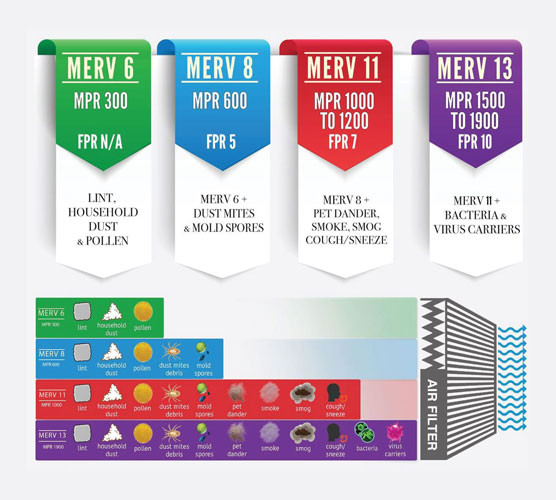
Even higher MERV ratings are used in HEPA or ULPA systems. High-Efficiency Particulate Air (HEPA) filters are common in industrial clean rooms and hospital operating suites, and Ultra-Low Particulate Air (ULPA) filters are used where even the tiniest particles must be removed. Virus research laboratories, and some extreme industrial applications need this level of control. HEPA filters can remove 99.99 percent of particles down to 0.3 micrometers and ULPA filters remove 99.9995 percent down to 0.12 micrometers. We don’t need these super-high-efficiency filtration systems in our homes and buildings for general health and comfort, but our job as spray foam contractors is to air seal so these systems will work where they are critical to ultra-clean indoor air.
Why is all of this important to a spray foam contractor? We offer the best insulation and air sealing system on the planet and every HVAC contractor needs to have a very close working relationship with a true expert in keeping the indoor air in and the outdoor air out. They can’t do their job without you, and if you spray foam in a house or building with an inferior HVAC system, the occupants can suffer. Our mantra in the industry has long been to Build It Tight, and Ventilate Right, and until recently we haven’t focused as much on filtration, but we’re becoming more aware how critical it is to our health and well-being.
We encourage every SES Foam contractor to partner with one or more of the leading HVAC contractors in your area who understand the V in HVAC and who are as passionate about creating healthy indoor environments as you are. Search out those who sell the highest quality equipment and help them to understand how your foam can make their jobs easier and better. SES Foam contractors use the best and most reliable foam in the industry such as NexSeal® closed-cell and both EasySeal® and SucraSeal® open-cells, and SES contractors can offer HVAC contractors and builders the Spray Foam Guide written by Dr. Lstiburek of Building Science Corporation. Together with world-class building science and technical support, SES spray foam contractors lead the industry in markets across the U.S. and Canada.
Certified Indoor Air Quality Consultants like John Laportaire of Indoor Air Quality Solutions are acutely aware of the importance of air sealing, but also advocate for professionally engineered and installed ventilation, distribution and filtration systems. John says “I understand the push to reduce the rate of air infiltration to improve energy efficiency, but a tight home isn’t by default a healthy home. Ventilation will be necessary in most cases to improve the indoor air quality. Improved filtration and circulation will also be necessary.”
A well-designed HVAC system should have balanced, filtered and distributed ventilation. It should bring outside air in through a highly efficient filter then be distributed throughout the house or building. An equal amount of inside air should be exhausted and in many climates the energy used to heat or cool the indoor air can be recovered using an Energy Recovery Ventilator (ERV). In hot, humid climates, dehumidification is very important and companies like Ultra-Aire make high quality dehumidifying ventilators with MERV 13 filtration.
Contact SES
You can learn more about SES’s products, contact their building science and architectural team and technical support team at: Phone: 713-239-0252 // Website: www.sesfoam.com
*Spray Foam Magazine does not take editorial positions on particular issues; individual contributions to the magazine express the opinions of discrete authors unless explicitly labeled or otherwise stated. The inclusion of a particular piece in the magazine does not mean that individual staff members or editors concur with the editorial positions represented therein.
Disqus website name not provided.






